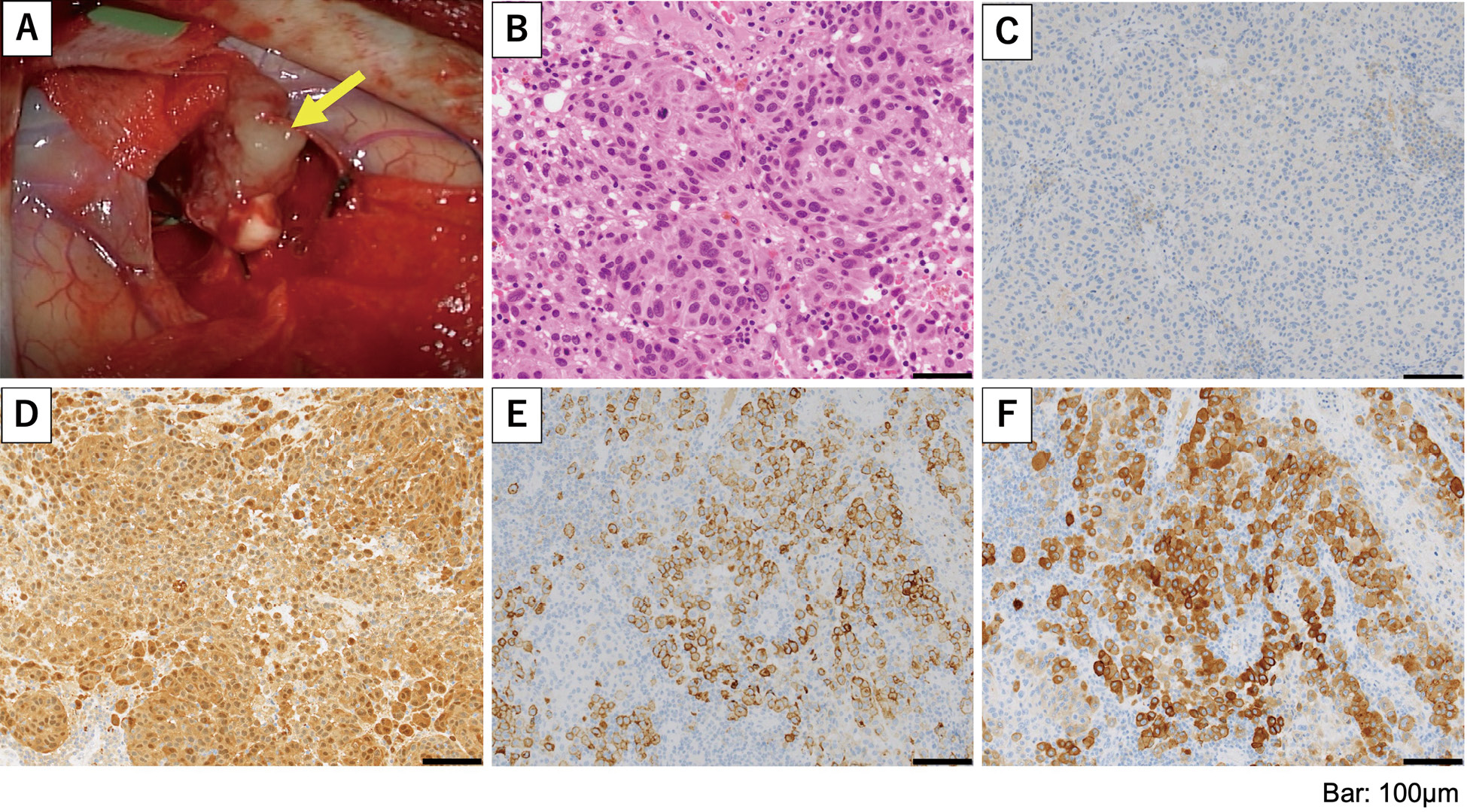- J-STAGE home
- /
- NMC Case Report Journal
- /
- Volume 10 (2023)
- /
- Article overview
-
Juntaro FUJITA
Department of Neurosurgery and Neuroendovascular Surgery, Hiroshima City Hiroshima Citizens Hospital
-
Yusuke TOMITA
Department of Neurosurgery and Neuroendovascular Surgery, Hiroshima City Hiroshima Citizens Hospital Department of Neurological Surgery, Okayama University Faculty of Medicine, Dentistry and Pharmaceutical Sciences
-
Koichi ICHIMURA
Department of Diagnostic Pathology, Hiroshima City Hiroshima Citizens Hospital
-
Rie YAMASAKI
Department of Diagnostic Pathology, Hiroshima City Hiroshima Citizens Hospital
-
Shohei NISHIGAKI
Department of Neurosurgery and Neuroendovascular Surgery, Hiroshima City Hiroshima Citizens Hospital
-
Yuki NITTA
Department of Neurosurgery and Neuroendovascular Surgery, Hiroshima City Hiroshima Citizens Hospital
-
Yusuke INOUE
Department of Neurosurgery and Neuroendovascular Surgery, Hiroshima City Hiroshima Citizens Hospital
-
Yuta SOTOME
Department of Neurosurgery and Neuroendovascular Surgery, Hiroshima City Hiroshima Citizens Hospital
-
Naoya KIDANI
Department of Neurosurgery and Neuroendovascular Surgery, Hiroshima City Hiroshima Citizens Hospital
-
Kenichiro MURAOKA
Department of Neurosurgery and Neuroendovascular Surgery, Hiroshima City Hiroshima Citizens Hospital
-
Nobuyuki HIROTSUNE
Department of Neurosurgery and Neuroendovascular Surgery, Hiroshima City Hiroshima Citizens Hospital
-
Shigeki NISHINO
Department of Neurosurgery and Neuroendovascular Surgery, Hiroshima City Hiroshima Citizens Hospital
2023 Volume 10 Pages 67-73
- Published: December 31, 2023 Received: July 13, 2022 Available on J-STAGE: March 24, 2023 Accepted: January 10, 2023 Advance online publication: - Revised: -
(compatible with EndNote, Reference Manager, ProCite, RefWorks)
(compatible with BibDesk, LaTeX)


